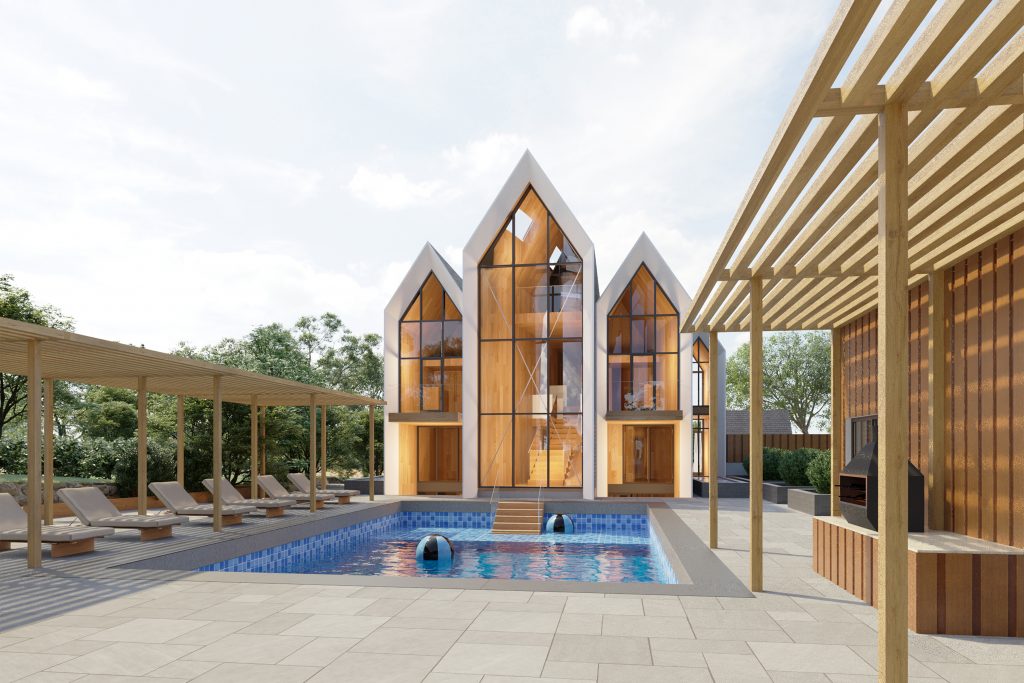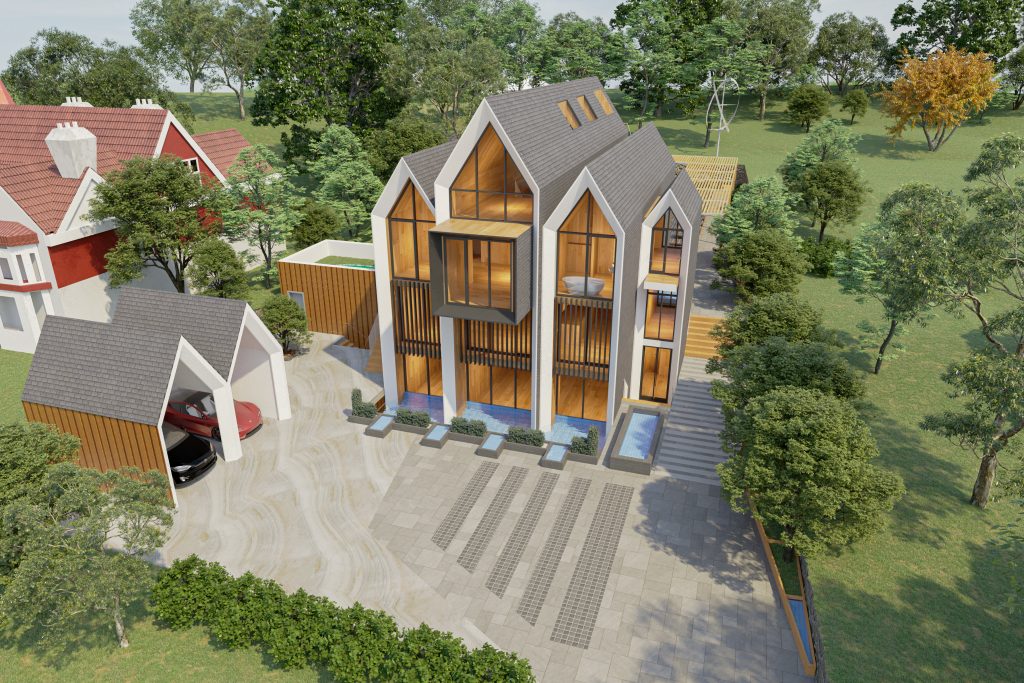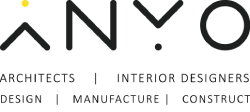Some Key Elements of Our Sustainable Designs
When it comes to construction, finding ways to create buildings in a sustainable way, and ensure that the projects you work on are energy efficient over their lifespan is tricky.
With traditional methods of building, there isn’t too much scope to be able to provide this.
But in some modern methods of construction, building a structure that is sustainable and eco-friendly is a possibility.
At Studio Anyo, we are at the forefront of innovative and environmentally conscious design, and this ethos is shown in our work.
But what is sustainable design? And what elements of a build does this incorporate?
Let’s take a look.
What is Sustainable Design in Construction?
In a nutshell, sustainable design (also referred to as eco design) is the science of designing buildings in a way that minimises their negative impact on the environment and promotes long term economic sustainability.
This isn’t quite as simple as it sounds though, and the art of creating a building with these characteristics involves many modern methods of manufacture, design, construction, and more.
But how does a building become sustainable?
Well, here are three key things to look out for:
- Energy Efficiency – By reducing the energy consumption and carbon emissions of a structure, you are creating a building that will not use as much energy throughout it’s life as a traditional build. This could be through natural ventilation, high-performance insulation, and many other methods.
- Renewable Energy – On the topic of energy, if you can incorporate some natural energy sources that are renewable into your build, such as solar, wind, or geothermal, then you’re sure to boost the eco-friendly nature of the structure.
- Biophilic Design – By incorporating nature into some of your buildings, you are making the whole project much more eco-friendly. Things like adding plants and embracing natural light can have a big boost to the sustainability of a design.
A huge part of sustainable design is life-cycle thinking. This means that we don’t just focus on the construction phase, but on the entire lifespan of the building. This includes making sure we aren’t just minimising waste, reducing energy consumption, and maximizing the potential for renewable energy usage and recycling for now, but for many years to come.

Some Key Features of Studio Anyo’s Eco Design
Here at Studio Anyo, we incorporate some key methods of producing sustainable buildings into our projects.
Here are four examples of how can make a building sustainable through MMC and DFMA techniques.
Zero Waste
When manufacturing parts for a building, we adopt a DFMA approach. This stands for design for manufacture and assembly, and means we have a standardised approach to manufacture.
This can help boost the sustainability of a project by allowing us to know exactly what materials will be needed throughout the early stages of a build, and not wasting any when forming the different components of a building.
Not only do we minimise the waste used in construction, but we also promote the reuse and recycling of many of the materials used throughout the process, further promoting a zero waste construction policy.
We are proud to be working on the Cliff House project, which is an exciting build that will be completely zero waste throughout the whole construction process.
Reduction of Energy Usage
We’ve already touched on minimising the energy usage of a project, and this is a key element of our sustainable design process.
By adopting these methods early on, you can massively reduce the energy consumption of a building throughout its full lifespan.
Some ways of doing this are by optimising the building design so that it is tailored to being efficient in energy. This can be done in many ways, and everything from the windows you use, to the materials of the walls and the insulation incorporated onto them can play a big part in cutting down the energy usage of a building.
Also, by using systems such as intelligent lighting and HVAC, you can help to maintain low usage of enegery over a long period of time.
Zero Carbon Building
A zero-carbon building is a structure that produces zero net carbon emissions over a year. This means that the amount of CO2 that is removed from the atmosphere is offset.
So how can a building achieve this?
Well, an eco-design must focus on minimising energy consumption, generating renewable energy, and reducing the use of fossil fuels and other carbon-intensive materials during construction and operation.
At Studio Anyo, we are always looking to sustainably design buildings that are using materials with a low carbon footprint, incorporating eco-friendly design principles that reduces the need for heating or cooling, and installing renewable energy systems that can massively reduce the carbon footprint of a structure.
We would like all of our projects to be carbon neutral within ten years, and would hope these projects don’t just offset their carbon footprint, but continue to produce more energy than they require.
Again, the Cliff House project is a key example of this, and holds the honour of being the UK’s first zero carbon and zero waste design.

Off Grid Design
The idea of off grid design is to design a building that can operate independently of the traditional power grid.
This means common utilities such as water, gas, and electricity are not needed and instead the building can generate it’s own power and manage it’s own resources.
Things like water-harvesting systems, solar power, and hydro-generators are just some ways that a building can achieve this feature.
While off grid design has plenty of benefits for the planet, it can be tricky in the initial stages when designing the structure.
This is when you need to use a team of architects and MMC advisors such as Studio Anyo who can help to incorporate these elements into your build.
Sustainable Architecture with Studio Anyo
Designing buildings for the future is a key ethos of our team.
By incorporating some of the eco design elements listed in this blog, we are proud to have made many structures that will be environmentally-friendly for their entire life span.
We continue to seek out new and exciting methods of construction, architecture, and design that we can incorporate into our future projects.
Want to check out some of our previous projects. Then pay a visit to our portfolio page to get a view of all of our sustainable design work to date.
And if you have any further questions, don’t hesitate to get in touch.


